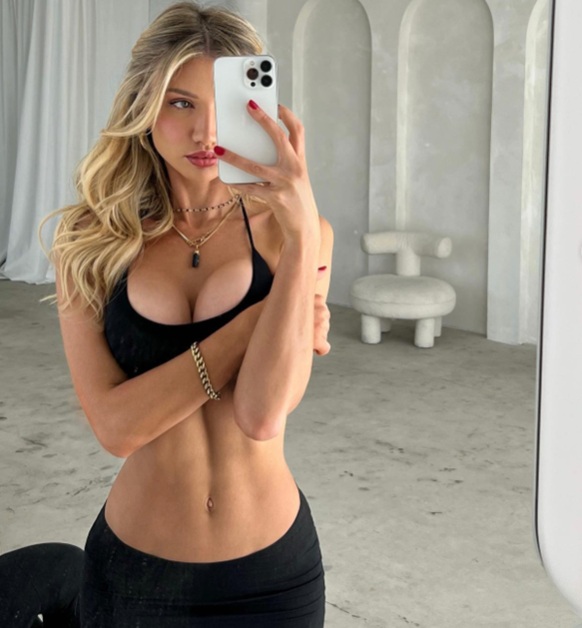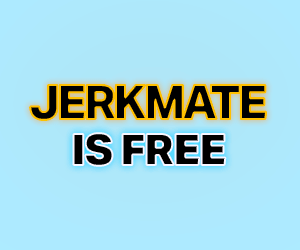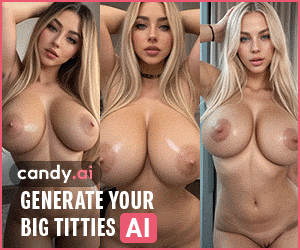Navigating OnlyFans Pricing: Free Access, Paid Walls and the Allure of Sales
In the dynamic world of OnlyFans, creators wield significant control over their monetization strategies, often toggling between free subscriptions, limited-time promotions and steadfast paid business models. This flexibility allows them to cater to diverse audiences while maximizing earnings through subscriptions, tips and pay-per-view (PPV) content.
As of September 2025, Australian influencer Gabby Epstein is offering a free trial to her premium page, granting fans 30 days of exclusive photos, videos and interactions before reverting to $14.99/month. Similarly, Australian-based creator Renae Erica continues to maintain a fully free subscription, enticing users with daily uncensored updates while upselling customs and raking in tips. In contrast, adult star Mia Malkova is running a promotional sale at $5 for 30 days—down from her standard rate—providing an enticingly priced entry to her vast library of content with a sense of urgency to “act now.”

Creators like Epstein and Erica opt for free access as a growth accelerator. A free tier draws in a massive audience quickly, bypassing the barrier of upfront costs and stimulating loyalty through teaser content. This “freemium” approach builds a large subscriber base—Erica boasts over 236,000 favorites—where revenue flows from PPV messages, tips, custom content and personalized items. It’s ideal for newcomers or those prioritizing volume over immediate per-sub income, turning casual browsers into paying superfans over time. Free pages also enhance engagement as fans feel valued and are more likely to tip generously for feeling “special.”
On the flip side, many creators, especially established ones like Malkova, charge consistently to ensure steady, predictable revenue. Paid subscriptions—averaging just over $7/month platform-wide—signal premium value, attracting dedicated fans willing to invest in exclusivity. This biz model weeds out “lurkers,” yielding higher retention and lifetime value per subscriber. Brands often favor paid creators for collaborations, viewing them as proven commodities with a committed, spending audience. Charging filters for quality interactions, reducing time spent on non-monetizing users and allowing focus on high-value content.
Sale prices, like Malkova’s $5 deal, supercharge motivation for fans by creating urgency and perceived value. Discounts slash the psychological hurdle of commitment, making premium content feel like a steal—fans subscribe impulsively, fearing they’ll miss out. This FOMO element drives trial conversions with many renewing post-sale due to sunk-cost bias and satisfaction. For fans, it’s a low-risk gateway to deeper connections, boosting satisfaction and encouraging tips for that “VIP” rush.
Free subscriptions may also reduce the risk of content leaks online. By lowering the financial barrier, creators make their work accessible to a wider audience, decreasing the incentive for fans to pirate or share content illegally. Paying subscribers, especially those who feel a personal connection, are less likely to leak material as they risk losing access to exclusive updates. Free business models flood the market with authorized access, diluting the demand for unauthorized redistributions and protecting creators’ intellectual property while maintaining fan engagement.
Ultimately, OnlyFans pricing reflects a creator’s brand and goals: free for broad appeal and upsell potential, paid for exclusivity and stability. Sales bridge the gap, turning hesitation into action and reminding us why the platform thrives.
Photo credits: Thumbnail photo – Renae Erica selfie Twitter / X
Feature photo – Gabby Epstein mirror selfie Instagram













